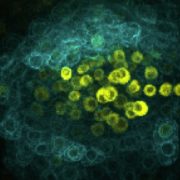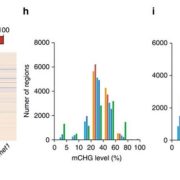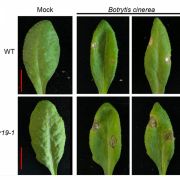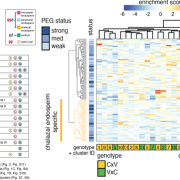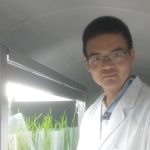Sde1A enables axillary meristem formation at the leaf axil boundary
By Hernán López and Klaus Theres, Max Planck institute for Plant Breeding Research.
Background:
The degree of shoot branching is an important aspect of the architecture of seed plants. It determines the characteristic form of a plant and has a strong influence on crop yield. During development, shoot branches are initiated by the formation of meristems in the axils of leaves. These axillary meristems are formed from a small groups of cells, which develop into buds that can finally form new axes of growth. A better understanding of the mechanisms that regulate axillary meristem formation would allow us to modulate the architecture of crop plants and, thereby, improve yield. In contrast to other branching regulators, the tomato super determinant (sde) gene affects vegetative shoot branching, but not seed set, making it an ideal tool for breeding programs.
Question:
We set out to identify the Sde1A gene in the tomato genome and study its role in the process of axillary meristem formation. Two important questions were: In which tissue and when is Sde1A active and how does it interact with other known regulators of this process?
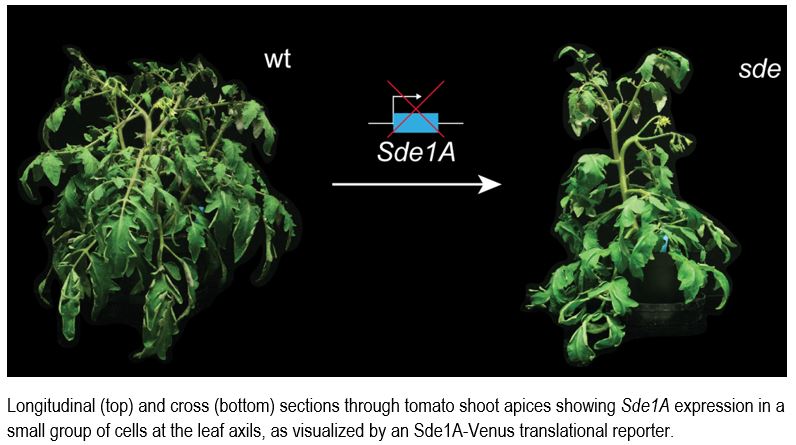 Findings:
Findings:
We found that the sde mutant phenotype is caused by a mutation in a gene we named Sde1A. Sde1A is active in a small pool of cells at the boundary between the shoot apical meristem and leaf primordia, from which later axillary meristems develop. Phylogenetic analysis showed that Sde1A is closely related to the Bmi1 proteins, which are epigenetic regulators that modulate the identity of cells, for example to take over a specific function in a differentiated organ. Sde1A and Bmi1A act in the same genetic pathway, in which they promote each other, whereas both antagonize Bmi1C. These results suggest the existence of opposing protein complexes that promote or restrict axillary meristem formation. To exert its function, Sde1A interacts with the know regulator Lateral suppressor (Ls).
Next steps:
Sde1A shows sequence similarity to Bmi1 proteins, but it lacks the characteristic RING finger domain required for epigenetic regulation. An important next step will be to unravel the molecular mechanism by which Sde1A modulates cell identity in the leaf axil.
Hernán López, Gregor Schmitz, Rahere Thoma, Klaus Theres (2021) Super determinant1A, a RAWUL domain-containing protein, modulates axillary meristem formation and compound leaf development in tomato. Plant Cell. https://doi.org/10.1093/plcell/koab121




